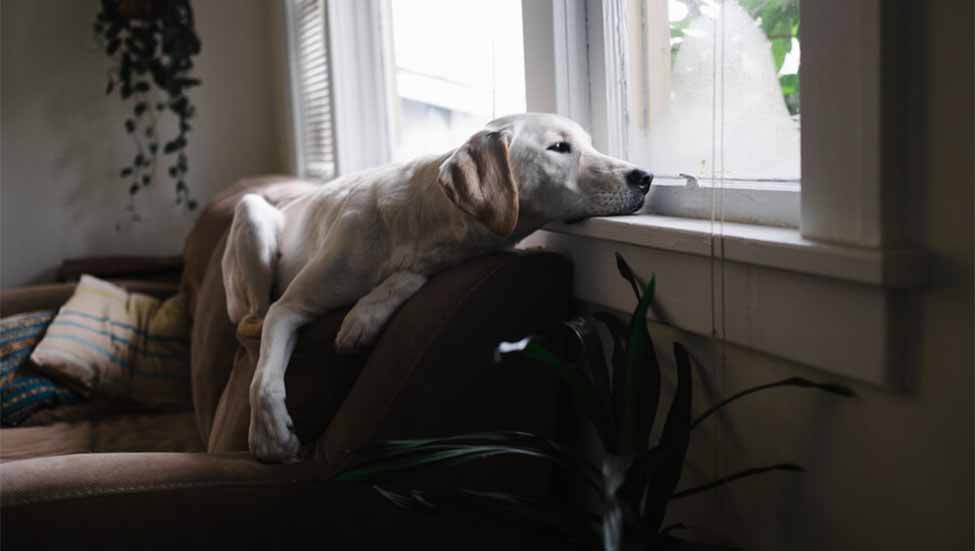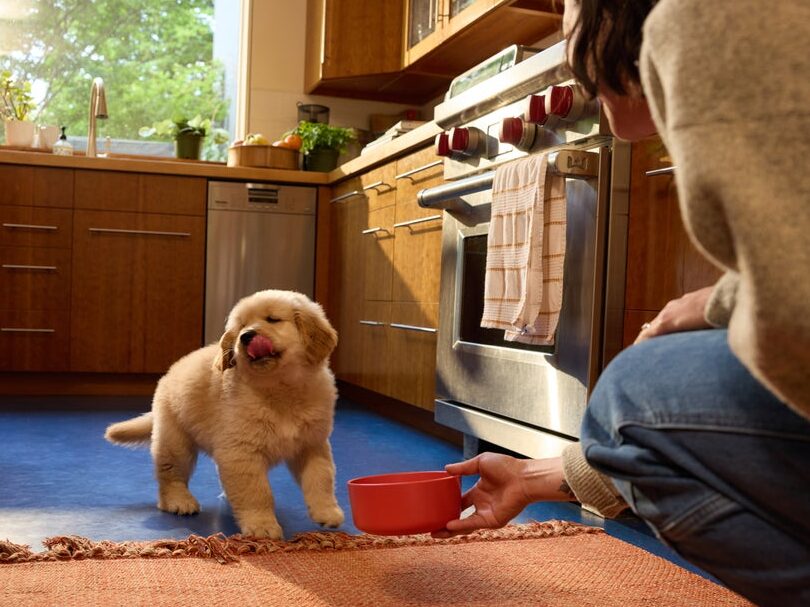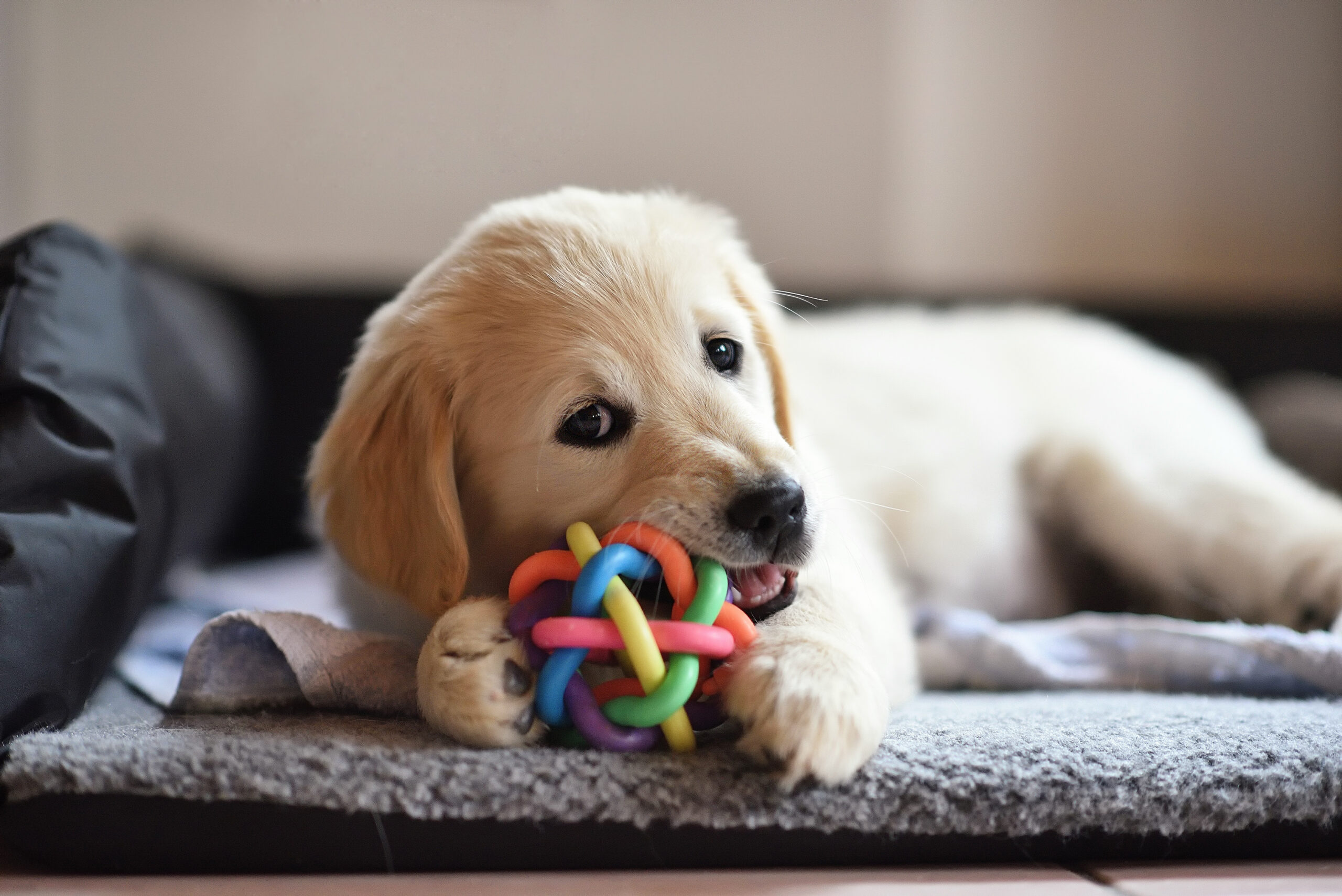Hey Ollie blog readers! We’re offering you an exclusive 60% OFF your starter box! Try now!
When I adopted my Cocker Spaniel Lola three years ago, her separation anxiety was so bad that she would cry the entire time when I left the house. I know this because I’d stand outside, listening to her wail until I couldn’t take it any longer—and then I’d rush back in, and tearfully promise her that I’d never leave her again. That lasted until the groceries ran out and the kids needed to go to school and I realized how impractical my promise was.
Eventually, Lola got over her separation anxiety, but it was hard for both of us. It turns out that I was making it even harder because I didn’t know how to handle it. Thankfully, I know know that there are ways to make it easier on both pet parents and their pups.
As people who adopted puppies during the COVID-19 pandemic head back into their offices or venture out more separation anxiety may be more commonly seen than in years before. Even dogs who didn’t suffer from separation anxiety pre-pandemic may show signs of it now.
This might be especially true if plans continue to change and shift as the virus continues to impact our lives. If you’re having trouble cultivating a routine, this may also spread to your dog. That’s why it’s important to plan ahead and think about how to help your dog through separation anxiety – since in many cases plans seem to change and evolve without much notice.
I was able to chat with Sally Morgan, a holistic physical therapist for pets. She says, “Reducing anxiety is not a quick fix sort of issue, and it takes a lot of patience and understanding from the person to address it effectively,”
I got the scoop from Sally and a few other experts so that if your pup is dealing with separation anxiety you are more prepared then I was to help your dog through it.
Learn the signs that your dog has separation anxiety
Many people think their dogs are being naughty, when it’s really a case of separation anxiety, explains Robin Bennett, a Colorado-based certified professional dog trainer. “Some of the common signs include destructive behavior, particularly chewing, having accidents or excessive vocalizations when left alone,” she says.
If your dog has really bad separation anxiety they might refuse to eat or drink while you’re gone. Some dogs will exhibit other problematic behaviors like pacing, digging, barking and whining, or even destroying things around you house. These behaviors can also be signs that your dog is bored and needs more physical or mental stimulation. This is why it’s important to understand the root cause of these behaviors so you can address them correctly.
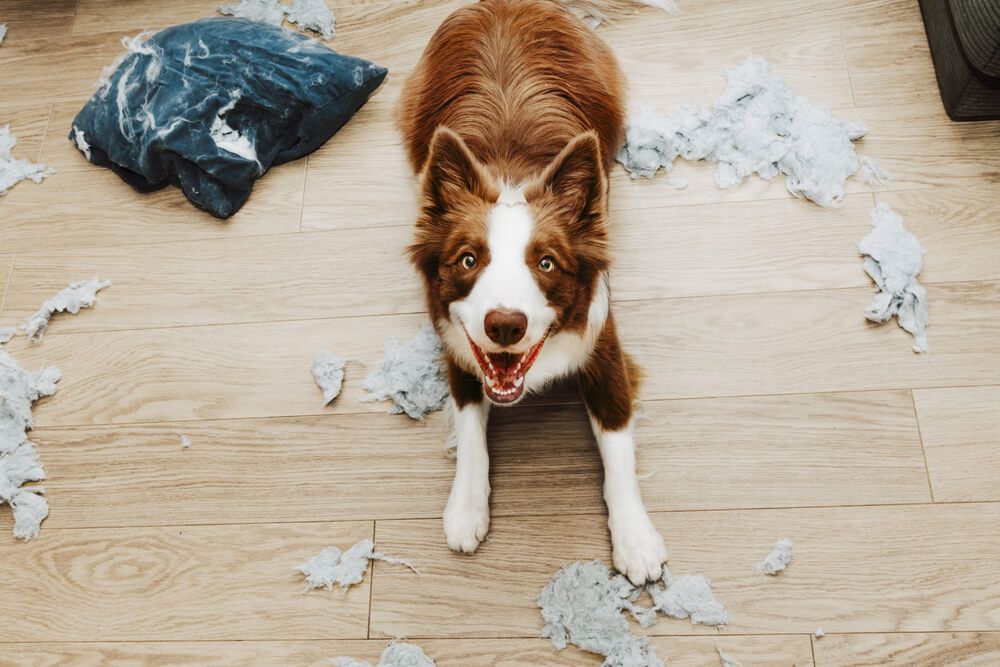
Help your dog address their lonliness
Some dogs enjoy the sounds of soothing music when you’re out of the house Morgan explains. You can leave on a classical station, or try iCalm Pet, which plays music that has been proven to calm pups, like Beethoven’s Pathetique. Similarly, leaving the TV on can help. DogTV is a cable channel with programming that is designed to help keep pups calm. The producers have done extensive research to create the best programming for pups.
Offer your dog something to distract them
Chew toys like these that will keep your pup busy (and distract them from your absence) might help alleviate some of the anxiety, Bennett says. You can also leave out treats that take a long time to eat. Like peanut butter frozen in a Kong. This will keep your pup pleased while you’re away, says Val DeSantis, a certified master trainer and behaviorist in Canon City, Colorado.
There’s also the newer smart technology like the Petcube Bites Camera that allows you to monitor and talk to your pup from afar, and dispense treats while you’re away! No more standing in the hallway listening to your pup wail miserably needed.
Consider crate training
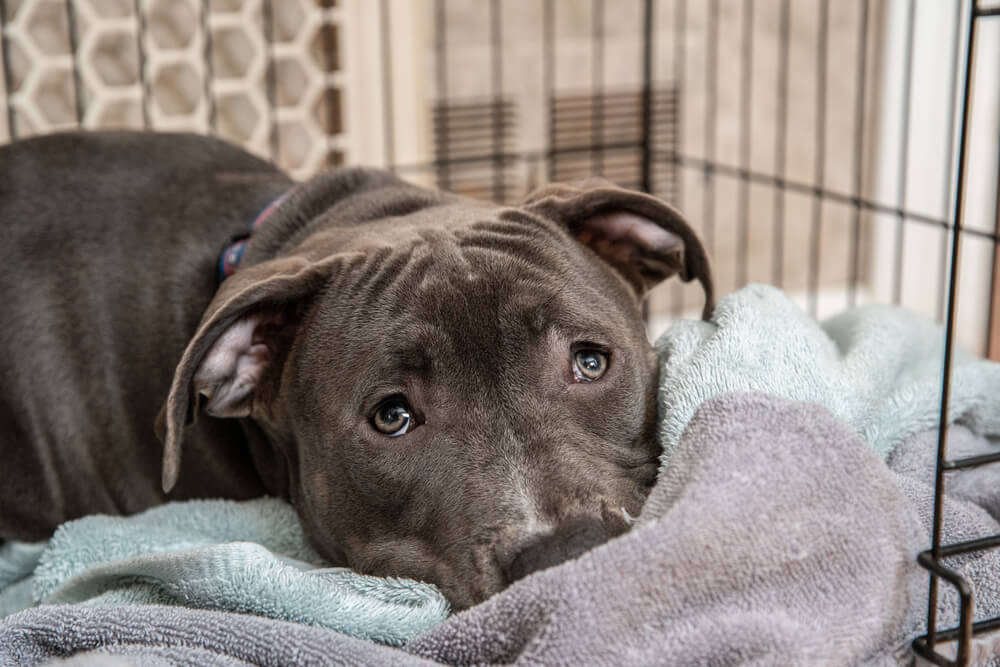
For some dogs, crate training them does wonders: It becomes their safe space, just like your bedroom may be yours, and the place they go to when they’re feeling scared or upset that you’re not there. DeSantis suggests that the crate be one and a half to two times their size so that it’s cozy, but still gives them enough room to move.
The crate is not going to be a magical cure all for separation anxiety. It can help you keep your dog feeling safe and minimize their ability to destroy your home when you aren’t there to supervise but you’ll want to use it carefully. Too much time in the crate can increase separation anxiety.
If you knew that everytime you got in your favorite chair you’d be confined there for hours on end would you be excited to sit down? I don’t think so! This is why some experts will encourage you to use the crate carefully when working with a dog with severe separation anxiety.
When in doubt, bring in the pros
While the tips and tricks provided may help, especially with dogs who only have mild separation anxiety, they might not be enough. Dogs with severe separation anxiety may need more support. This might include working with a veterinary behaviorist and using medication like Amitriptyline (an antidepressant).
It’s important that you follow the instructions and protocols you’re given and that you communicate with your team. If your dog isn’t making progress or has a setback – make sure you communicate that so the specialists working with your dog can help you course correct.
If you have concerns about medication side effects or questions about the dosage, don’t hesitate to ask. It’s your job to advocate for your dog and communicate their needs (and yours) to ensure everyone’s comfort and increase your dog’s chance of successfully overcoming their anxiety.
If you need to leave your dog for a longer than your dog is ready for, you could enlist a dog walker, doggie daycare or even a trusted friend to help. You and your dog might need a little more support to make things work, and that’s okay.
The Ollie blog is devoted to helping pet parents lead healthier lives with their pups. If you want to learn more about our fresh, human-grade food, check out MyOllie.com.
Tagged As:

The nutrition your dog needs,
the food they want.

Enjoying our articles? Subscribe our Newsletters and get new articles directly to your inbox
You might also like
13 May 2025
8 MINS READ
Puppy Training Guide & Behavior Timeline
Bringing home a puppy is pure magic. It’s also pure chaos—tiny teeth, zoomies, accidents in the house, and moments that make you wonder if you’re raising a future genius or a tiny tornado. …
by Ollie Pets
10 May 2025
12 MINS READ
New Puppy Checklist: Guide To Prepare For A New Dog
Bringing home a new puppy? This checklist covers everything new dog owners need—from essential supplies to training, feeding, and first vet visits.
by Ollie Pets
3 April 2025
9 MINS READ
Home Remedies for Fleas on Dogs: 10 Natural Ways That Actually Work
Wondering what kills fleas on dogs instantly and naturally? If your pup is scratching like crazy, it may be time to take action. In this guide, we’ll show you the most effective home remedies for…
